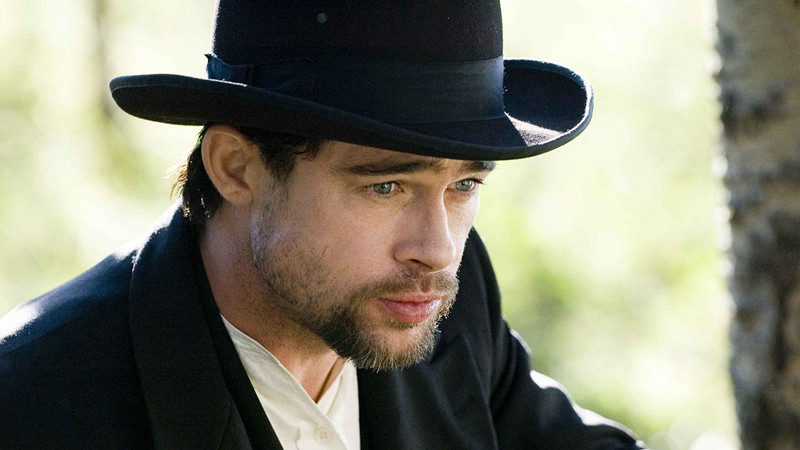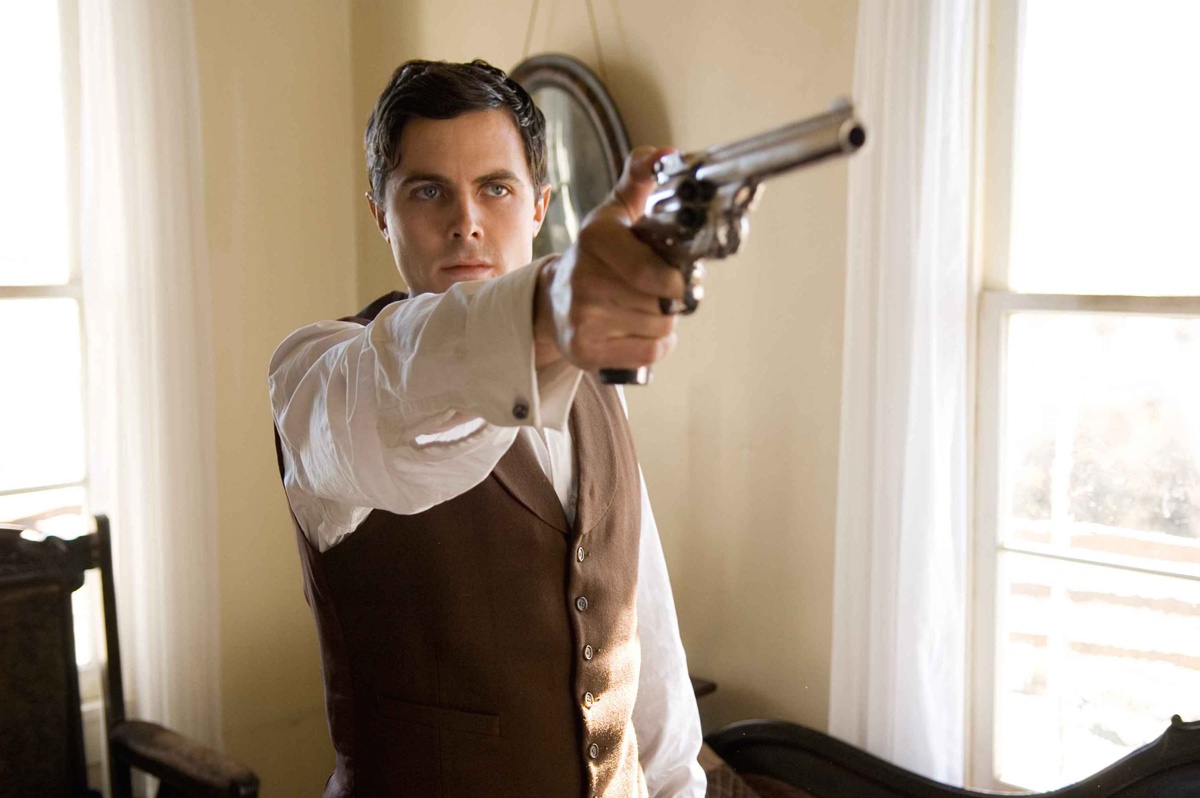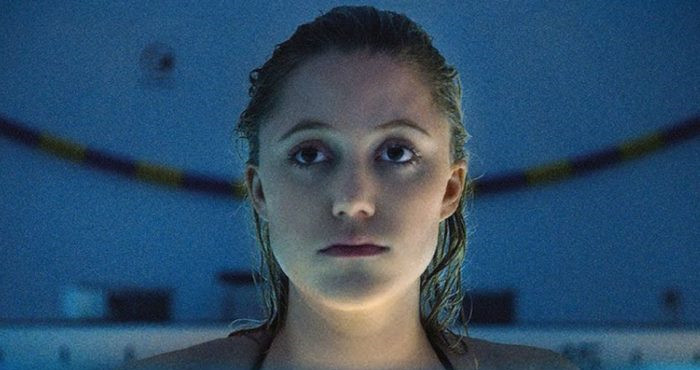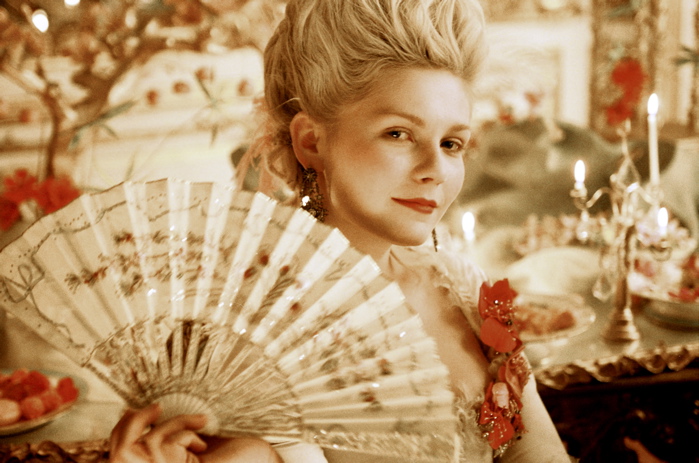
Movies like to play with genre in more ways than one. Whether it’s subverting the audience’s expectations about what kind of film they are about to see or combining multiple genres in order to create a unique and idealised experience, there are endless possibilities when it comes to how filmmakers present their take on convention.
Then there are the films which bend their respective genres in such a way that makes the film feel completely unique in style and execution. These are the films which strive to take their genres into waters that have previously gone untouched and by doing so have enriched the medium for the better. These are the Top Ten Genre-Bending Movies of All Time.
10. Pina (Wim Wenders, 2011)

Documentary films are the most notoriously information heavy of all the genres due to the amount of it that typically needs to be conveyed, but this particular documentary manages to do that AND do something special that evokes the spirit of its subject. This is Wim Wenders documentary Pina which is dedicated to the life and career of Wender’s long-time friend Pina Bausch, the German dance choreographer who sadly passed during the production of this film. The documentary is a celebration of the artistry that Bausch possessed from the way she constructed the ideas for her elaborate sets to the intricate movements and expressions that made her a legend in the Tanztheater (Dane Theater) scene.
The interviews are from members of Bausch’s company in Wuppertal in which they discuss the impact that Pina had on them, not only as dancers, but as people. Documentaries always have close-up interviews where subjects just sit in front of the camera and give their spiel. In Pina things are different because the viewer hears the interviewee speak but their mouths don’t move. Instead, their dancing speaks for them in the performances of Bausch’s work, which allows the viewer to gain insight and perspective on a world and art-form they might not be familiar with and experience the artist’s avant-garde influence as a whole.
Footage in the film is scarce, but the clips that are shown are of Pina herself choregraphing the dances and showing off her personality. It’s subtle and helps bridge the gap between having the subject’s influence and style be present at all times without them physically being there.
9. Moon (Duncan Jones, 2009)

Stories about the moon in science fiction are incredibly common. There have been many classics about space travel and how the goal is to get to the moon but not much with regards to what is happening on the moon. Enter Duncan Jones’ mind-bending space mystery aptly titled Moon. Starring Sam Rockwell as lonely astronaut Sam Bell, Sam is nearing the end of a three-year long contract with his employer Lunar Industries and is awaiting extraction on the natural satellite but faces some unforeseen complications while leaving.
It is difficult to talk about the crux of what makes Moon unique to the science fiction canon without spoiling what an intricate and surprising story it is. What can be said is that the aspects that come to mind when discussing science fiction, like the impact that technology has on our society are presented in a way that makes the viewer question the emotional impact of such efficient advancements. They story presents Sam’s condition and situation with such a humanistic approach that it makes the large questions and big scale thinking that the genre often presents feel so deeply personal.
Of course, the story does give the audiences some funny A.I moments and genuine brain teasers to balance out its moral conundrums but it never loses its heart for its hero. It places the protagonist against the enormity of innovation and never offers any easy answers or explanations as the viewer is left to contend with something out of their purview like Sam from moment-to-moment.
8. The Assassination of Jesse James by the Coward Robert Ford (Andrew Dominik, 2007)

Now turning to the revisionist western, there are few films that encompass the true nature of westerns in such beautiful and brutal vistas like (deep breath) The Assassination of Jesse James by the Coward Robert Ford. Directed by Andrew Dominik, the film focuses on the tale of Robert Ford (Casey Affleck) who works to weasel his way into the gang of his idol Jesse James (Brad Pitt) in order to achieve fame, wealth, and status. Over time though Ford becomes spiteful towards James and that dynamic blossoms and wilts over the course of the film along with other members of the reformed gang.
What makes the film one of the true genre-bending westerns is how it chooses to present it mythology of the west. Most westerns are about mythmaking and the stories of the famous outlaws and their deeds. The stories often feature them as gunslinging heroes and thieves who live by a strict code of honor but what makes Assassination so potent is how it de-mythologizes the west and the so-called heroes of these stories. Robert Ford is a meek and wimpy opportunist who dreams of a life of fortune and grandeur but cannot seem to find any solace. Jesse James is a temperamental and sadistic life-long outlaw who can explode at any moment. The characters are more life-like and complicated than how they are made out in the stories that are told about them; an element that makes revisionist westerns so compelling.
The structure of the story functions like a quasi-dime novel being read to the audience about the life and personalities of its characters who each ultimately meet an end that they more or less deserve. The narration tells a different story versus how these people’s lives were actually lived. Assassination uses this to comment (whether intentionally or not) on the nature of celebrity and how idolising someone can have disastrous consequences and hardship and making the cowboys and bandits as dirty as the mud they trudge through.
7. It Follows (David Robert Mitchell, 2014)

What is the one thing a horror film should do no matter what? Scare you. But those means of scaring have never isolated the unknown fear and terror more than in David Robert Mitchell’s It follows. The story centers on teenager Jay Height (Maika Monroe) who gets pursued by an unnamed and unseen entity after a sexual encounter. While it’s never explained just exactly what “It” is, the only time it seems to manifest itself is through the form of normal everyday looking people who slowly walks towards Jay with a blank expression on its face.
It’s such an odd and brave choice by the director to have the audience become aware of the central stalking entity well before it reaches the character. It’s the classic Hitchcockian suspense trick on drawing out the tension as much as possible then at the moment of most resistance it blows the scene open. On top of all of that, that concept fundamentally should not work as often as it does but the way the scenes are constructed it puts the characters in situations that allows the entity to be at peak strength. It stretches itself out far past its resistance can take, and startles at the drop of a coin making for excellent horror filmmaking.
The frights and fears of It Follows are plentiful, and by prolonging each moment of horror so efficiently it makes for palpable disorientation and anxiety to fill. Therefore, it allows the timer on each scene to reset itself fully and have the panic be ever-present.
6. Marie Antoinette (Sofia Coppola, 2006)

Biopics can often fall into a place where the film is just a rehashing of the facts more than it is about taking artistic risk. There is a film though which manages to take the facts of its larger-than-life historical figure and turn it into something engaging where style is plentiful. This is Sofia Coppola’s Marie Antoinette. The film is, of course, about the titular Marie Antoinette (Kirsten Dunst) the controversial Queen of France who was known for her wild lifestyle and indifference. The film follows Marie as she learns the ropes of her newfound royalty where she learns about the responsibilities of a Queen, ones that she might not exactly be ready for.
More a monumental coming-of-age story than a traditional biopic, and that choice works to great success. Coppola manages to make Marie relatable, and her struggles and misgivings feel natural as she faces the enormity of her duty looming over her however, she wants nothing to do with it. The film functions outside of a hard-set plot and flows as freely as possible, fully inhabiting the personality of its protagonist as we track Marie’s time as ruler.
Coppola uses the soundtrack of the film to her advantage also as opposed to backdrop like it would in other films of this kind. While there are plenty of classical songs playing during the madness of ceremony taking place there is also a great deal of indie and alt-rock songs from the mid-2000’s. They make Marie feel like she could be coming-of-age in the present day and how it universally unites Marie with other girls the same age making the film timeless and innovative.